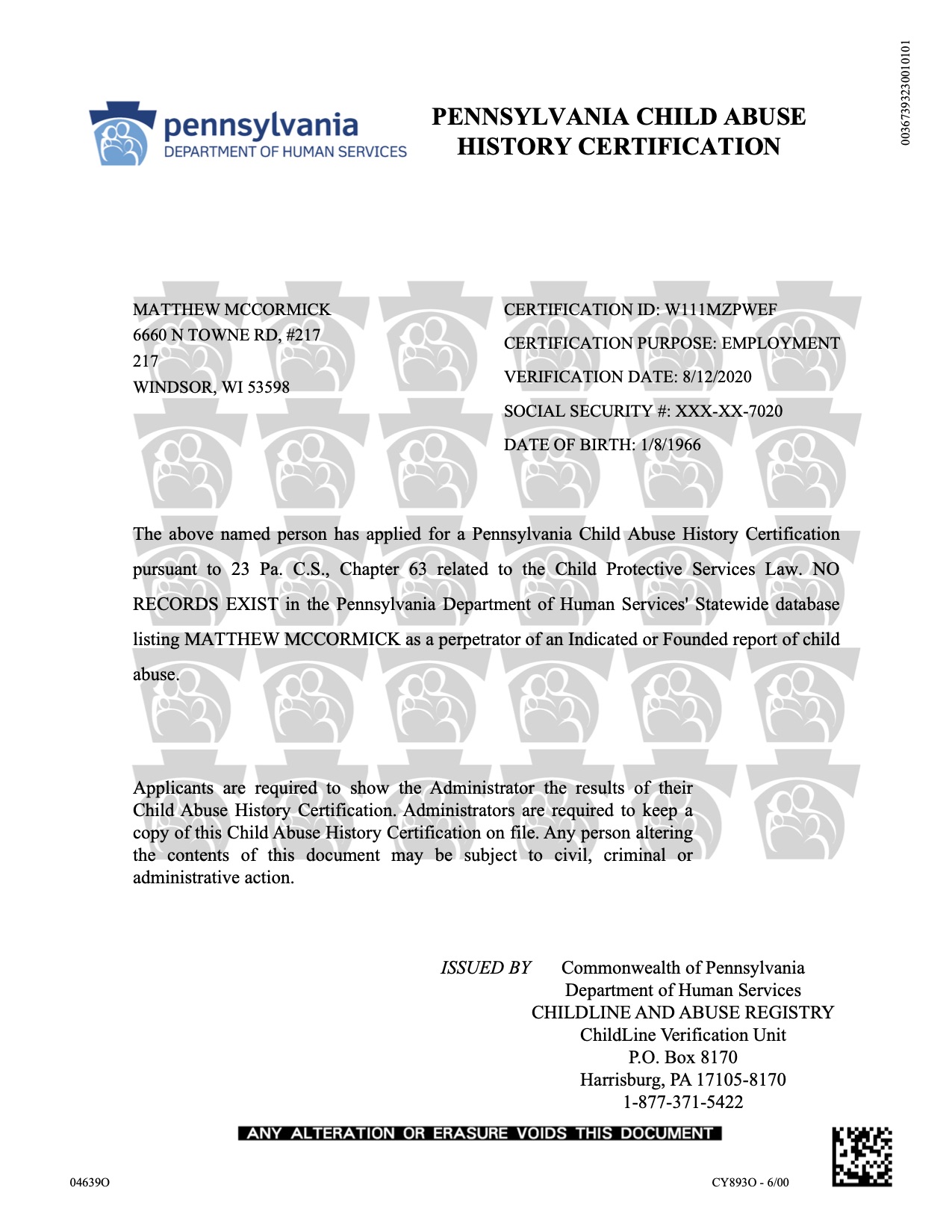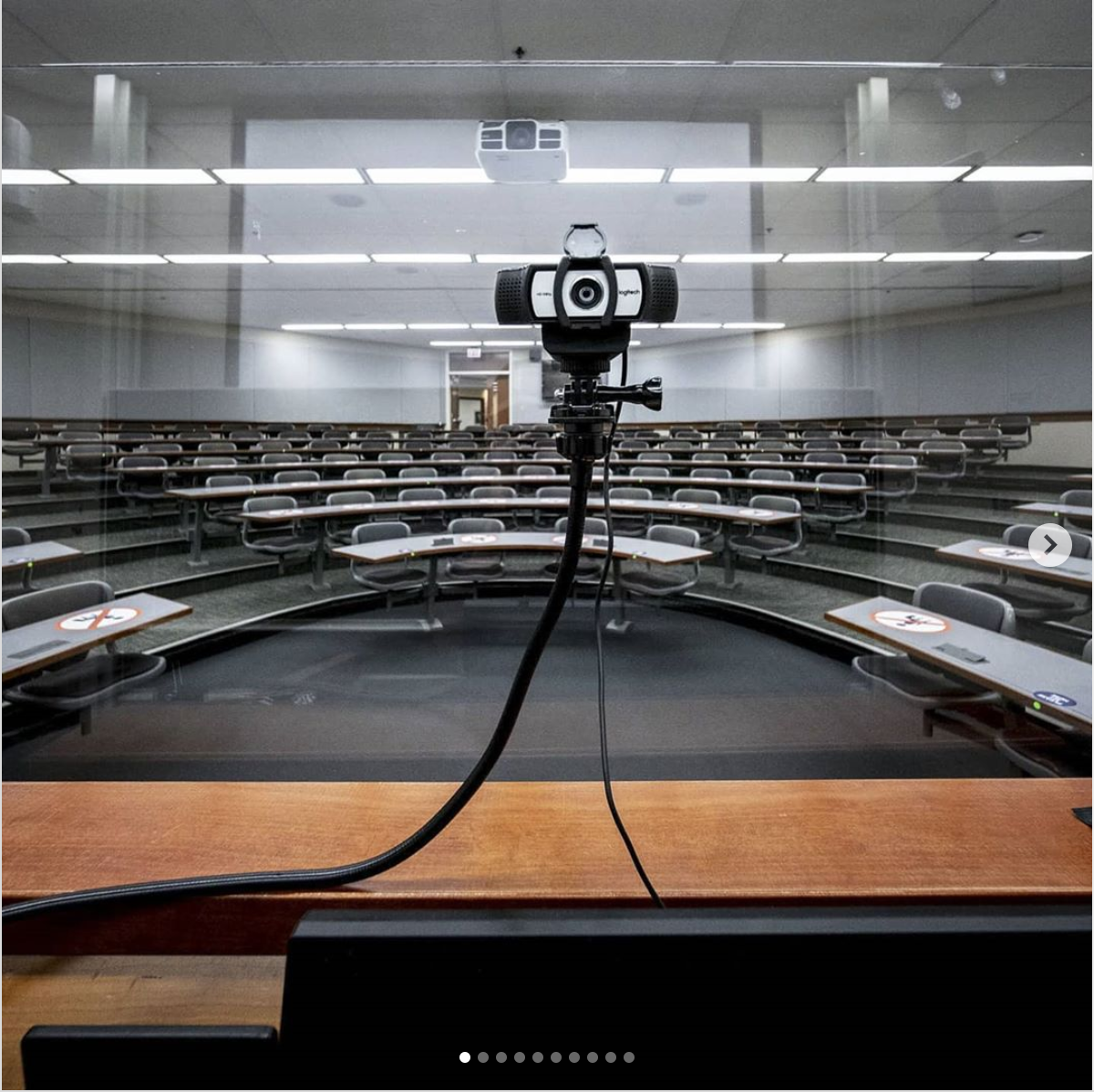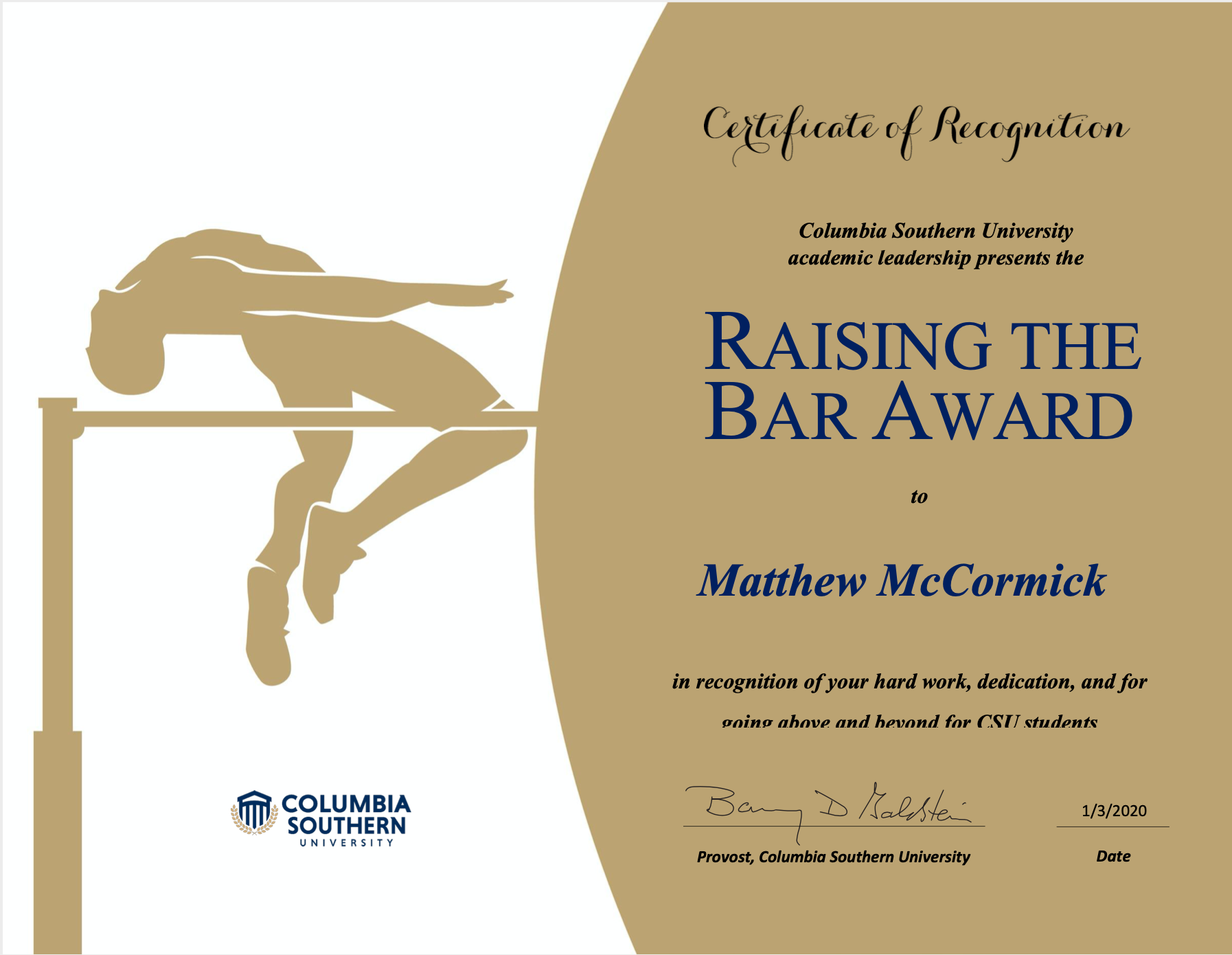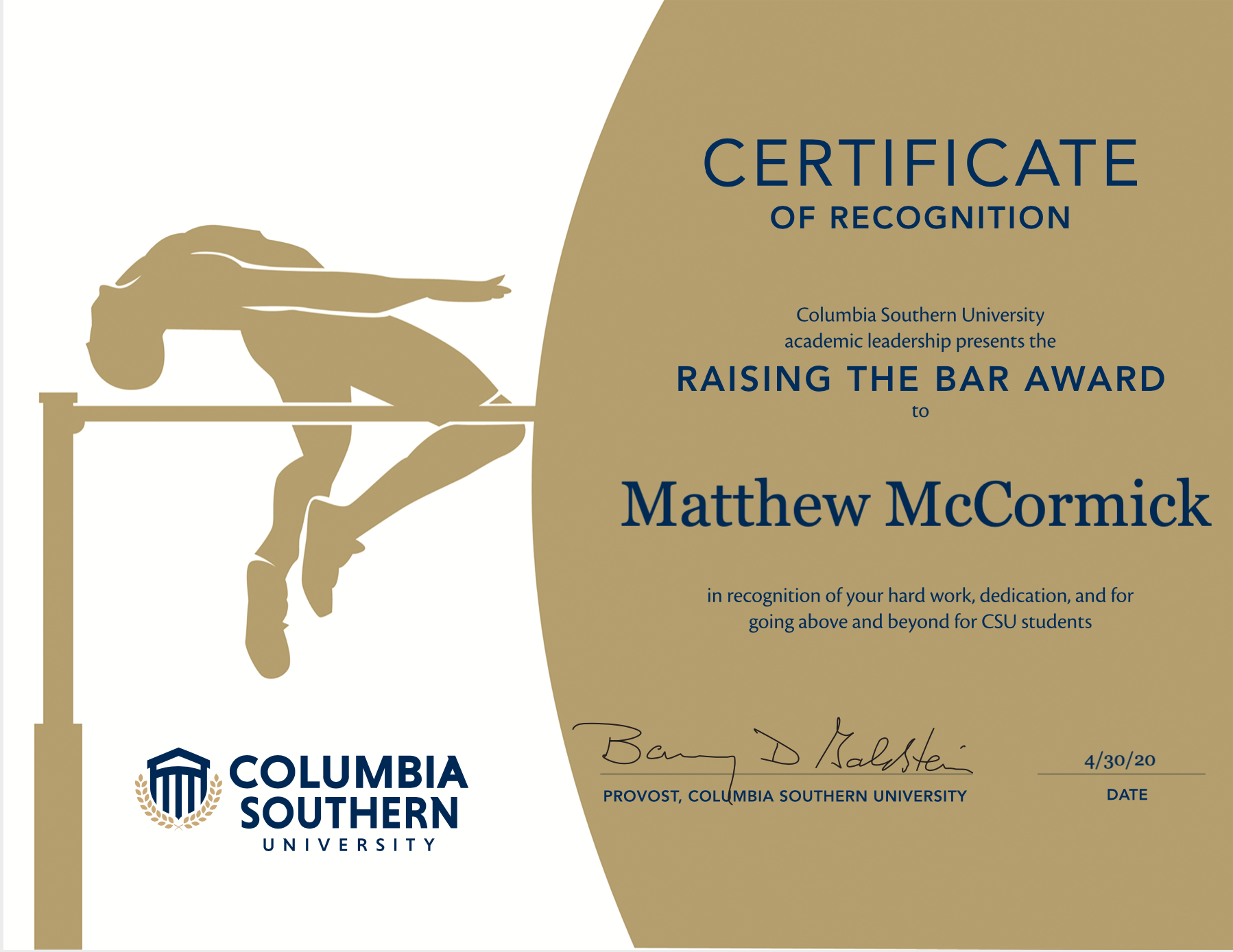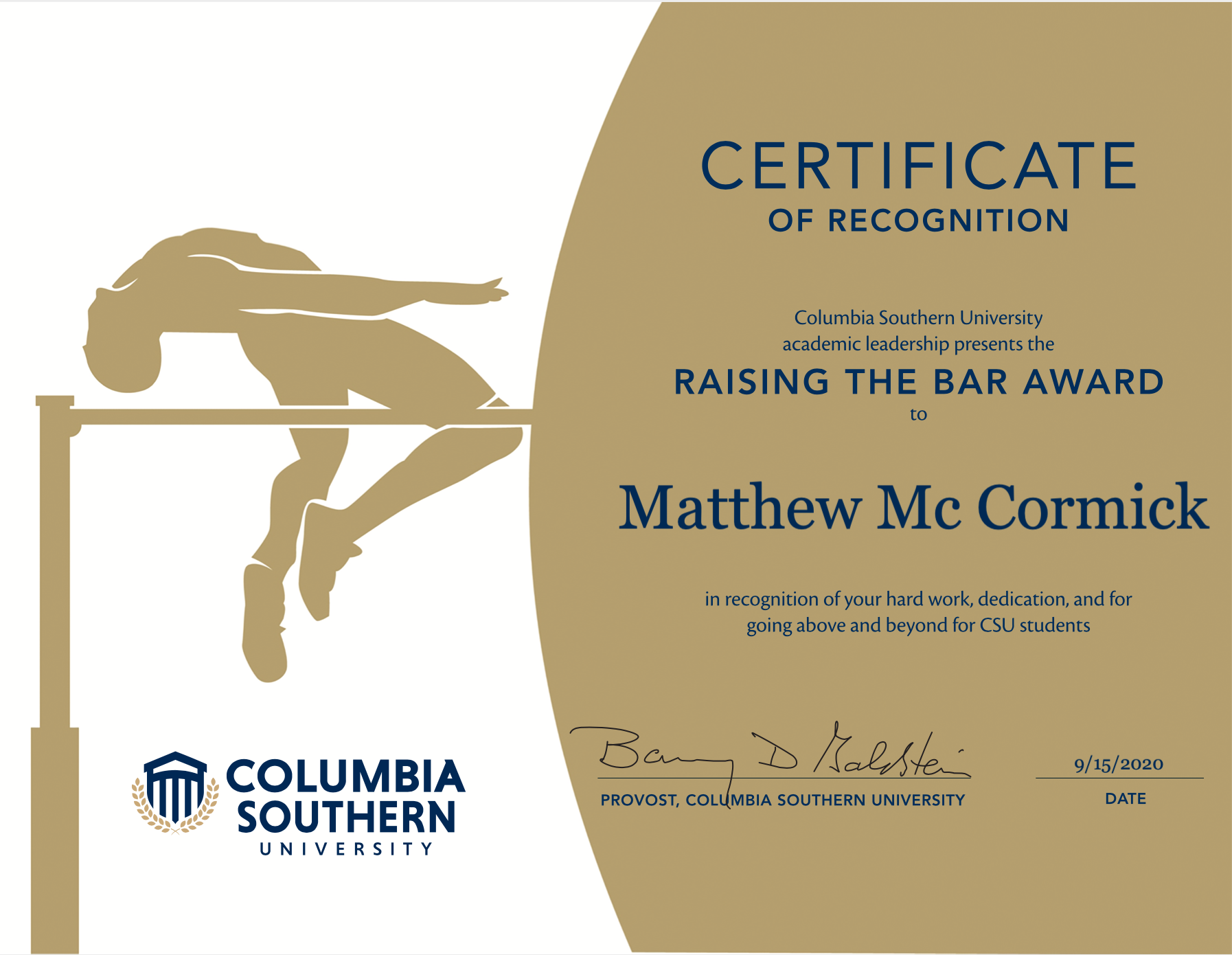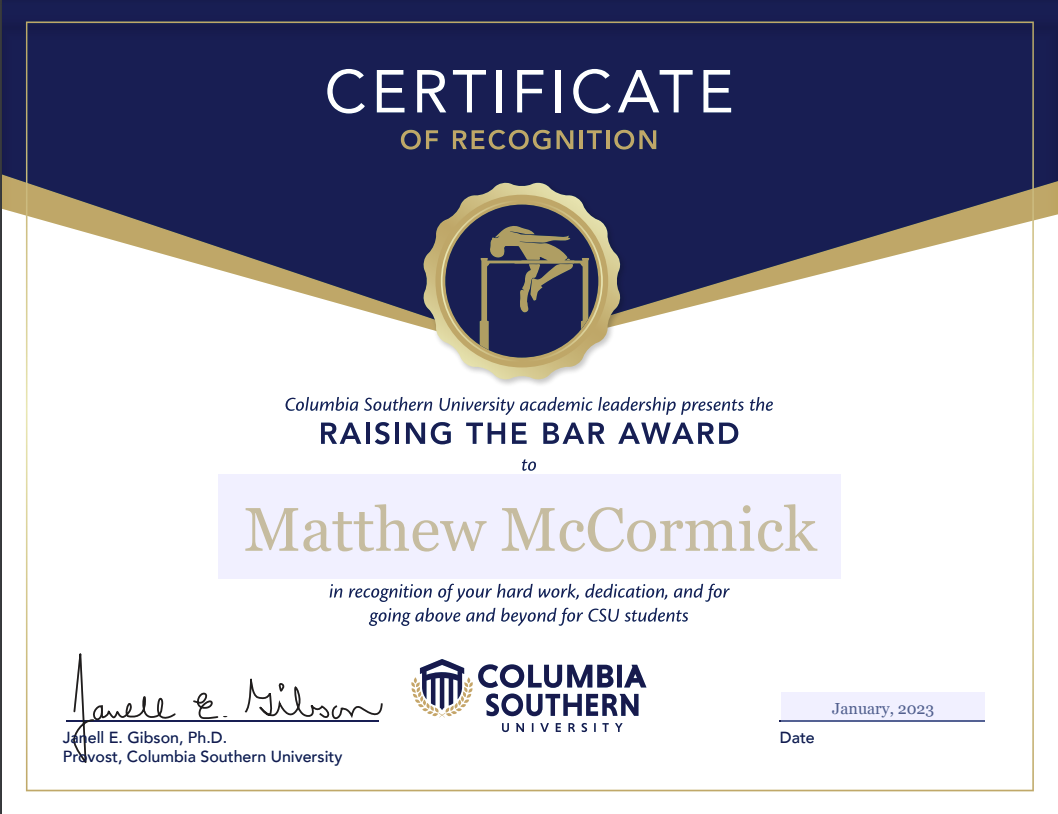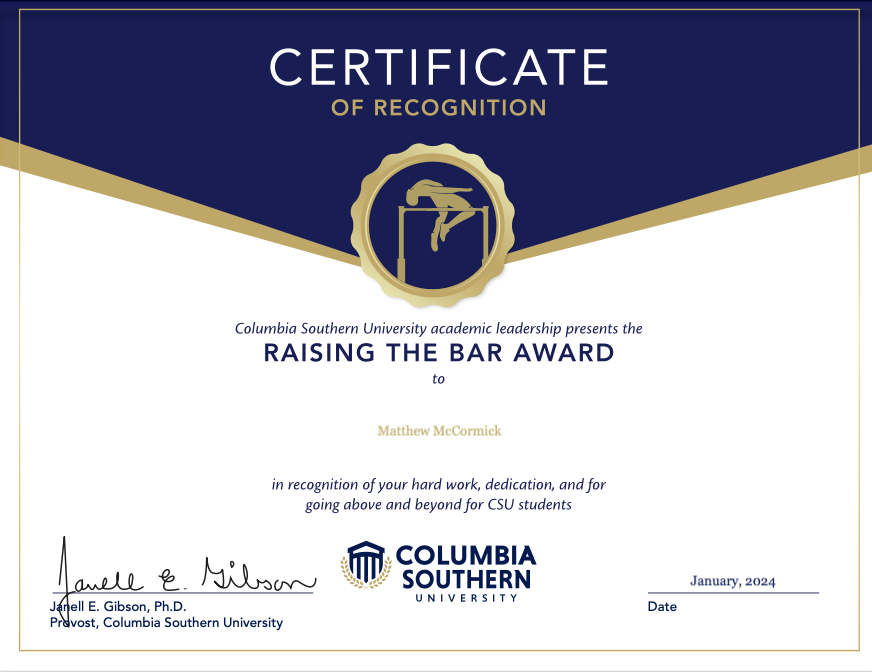All posts by magister
Classroom – Covid-19
Falling meatball from sandwich causes college student to fail exam
Online IS harder!!
July 22 2020
“A junior at the University of Georgia has been given a second chance after a meatball blunder caused her to fail a test.
Sam Lee was taking an online exam for her economics class while eating a meatball sandwich. As Lee moved through the test, a meatball fell out of the sub roll and on to her keyboard, effectively exiting and ending the exam before she was finished.
In the email, which Lee posted a screenshot of on Twitter, the student tells her professor that “a meatball that had tragically fallen onto my keyboard as I was taking the exam.”
“It hit some sort of escape button and closed the entire browser,” she recently told BuzzFeed News.
As panic set in, Lee starting crafting an email that reportedly took her “six hours to write” to explain the messy situation.
“This said meatball caused some malfunctions with my laptop and caused the test to submit itself,” the email continues. According to a photo of the test results, the student received a 39.17 percent on the meatball-ended exam.
Though Lee concedes “a falling meatball is no excuse for the failing grade on this exam,” she asks her professor if she could retake the test.
Surprisingly enough, her professor responded and agreed to extend the test deadline until midnight that night for her to retake.
“I would recommend you take the test either before or after dinner. :-)” her professor wrote in the email, BuzzFeed reported.”
Going Online in a Hurry: What to Do and Where to Start
March 9, 2020

-by Michelle D. Miller, is a professor of psychological sciences at Northern Arizona University
“The coronavirus has colleges and universities swinging into action to move courses online. In the coming weeks, we’ll find out just how prepared (or not) academe is to do this on a large scale. Those of us in online teaching and educational technology have moved quickly to help, too, and it’s astonishing how many helpful resources have already been pulled together.
Even just a few weeks into the crisis, and really only a few days since class cancellations started to become a reality, there are top-quality guides free for the taking, created by people who really know their stuff. I will make no claim to have read all or even a fraction of them, but there are several that are clearly share-worthy:
A detailed Google doc, written by Jenae Cohn and Beth Seltzer — both academic-tech specialists at Stanford University — is geared for Stanford, but there’s a lot there that anyone can use. Their guide is particularly noteworthy for how it breaks down the synchronous-asynchronous distinction, explaining advantages and disadvantages of each and offering guidance about how to use Zoom for virtual meetings.
Derek Bruff, director of the Center for Teaching at Vanderbilt University, has pulled together a lot of useful ed-tech advice under the heading of “just-in-time online teaching.” Read this page, in particular, for step-by-step instructions on key aspects of going online fast (the advice is geared toward the Brightspace learning-management system, in particular, but is general enough to apply to other platforms, too).
As a veteran of online teaching and education technology, I’ll offer my own short list of advice for faculty members who need to move online, fast, with the twin goals of maintaining instructional continuity as much as possible and finishing the semester strong.
No. 1: Begin by going over your course assignments for the coming weeks. Are they accessible online, so that students can find the instructions and materials that they need? Is it clear how students will be turning in their work? Have deadlines changed, and are all of those deadlines prominently posted?
No. 2: How will you give feedback on their progress? Consider how students will be able to practice the key skills and objectives you want them to get out of the course — things they would normally do in class. How will you give them opportunities for practice and feedback, for both small-stakes and high-stakes assignments? Undoubtedly those opportunities will be different from what they were before you moved the class online. Just be sure that it’s very clear how students can access those opportunities.
And if you don’t spend much class time having students practice and get feedback, now is a good time to increase that aspect of your course — given that you won’t be presenting content in person. For example:
If students would have been developing their skills in analyzing and synthesizing assigned readings via in-class discussion, perhaps they could do that online using collaborative annotation of the text. (Perusall is one such tool to do that.)
Or, if you’d normally have students practice by attempting to answer questions in an interactive in-person lecture, present a version of those questions in online discussion forums or quizzes, and offer feedback on their responses.
No. 3: Then, move on to the in-class experience. What do you normally use your in-class time for? Try to define what you do in class at a higher, more goal-oriented level (e.g., presentation of content, checking for understanding, collaborative project work — instead of just saying “lecture,” “quiz,” “discussion”). If you keep those goals in mind, you will have a better idea of how to achieve them online, as well as what aspects of the in-class experience you ought to focus on simulating.
In particular, this mini-reflection should help you decide whether to go with a synchronous means of engagement (e.g., a real-time Zoom meeting), an asynchronous one (e.g., VoiceThread decks or narrated videos), or some combination of the two.
No. 4: Decide what you’re going to do about any high-stakes assessments, particularly exams. There are no easy answers here, especially if you planned to have a good chunk of a student’s grade hinge on what would have been a proctored, in-person test. Perhaps you could take another route to summative assessment for the course, such as replacing a big supervised test with some type of project that is easier to personalize and less dependent on proctoring.
You also could explore online proctoring, but there are potentially objectionable aspects to this kind of test surveillance. Such concerns — along with the time required to research, select, and put into practice an online proctoring system — are significant hurdles. But it may be worth a look, depending on your situation.
No. 5: Consider the course materials. In all likelihood, your readings and other materials exist in digital form, and you may have posted them already. But you’ll need to double-check that any readings, videos, problem sets, quizzes, and the like are accessible, along with key documents such as the course syllabus and calendar.
No. 6: Once you’ve dealt with those things, the name of the game is communication. In the face of all this uncertainty, you need to explain — as clearly as you can and in a variety of places — what students can expect about the course in the next few weeks. Be sure to cover what it is that students are responsible for doing, how they can find the things they need to meet those responsibilities, and what they should do first. Make sure the lines of communication are two-way, as well. When in doubt, offer more ways to get in touch with you (text, messaging app, email, video call), not fewer.
That’s my teaspoon of advice to add to the pool that will no doubt be growing in the coming days and weeks. But I also want to acknowledge, and heartily agree with, the caveats and outright frustration being expressed by many in the online teaching space over the way our generously contributed advice could be misused.
As my colleague Flower Darby, told a Chronicle reporter: “We don’t want [people] to get the idea that this is what effective online education looks like. Moving online with inadequate support is a short-term solution.” She noted that an undersupported, hasty move could create bad impressions about online teaching, in general.
I fear that such impressions will outlast the present crisis. And so, while we all want to be as helpful as possible, online-teaching advocates are unanimous in cautioning that these options for salvaging the semester are not to be confused with the kind of intentional design that’s needed to create high-quality online offerings over the long run.
And sadly, we do need to put that message on repeat, because if we online-teaching veterans have learned anything, it’s that there are too many programs and institutions out there who do see this kind of rushed online teaching as a quick fix. How many of us have heard some variation on the idea of “just putting it all online” — in the name of profitability, convenience, or catching some imagined wave of the future?
It’s always telling to dig deeper into what people think “it” is in that put-it-all-online edict. Is it the readings? Videos of a professor giving lectures? Or (I hope) something else entirely?”
Why the Convenience University Will Rule Higher Ed
https://www.edsurge.com/news/2020-01-13-why-the-convenience-university-will-rule-higher-ed
By Robert Ubell (Columnist)
Jan 13, 2020
“A couple of decades ago, when I was dean of online learning at Stevens Institute of Technology, a small STEM college on the Hudson with a view of mid-Manhattan, we polled our digital students about why they chose to enroll as virtual learners. Did they come to our virtual classrooms for the strength of our faculty? The quality of the program? The reputation of the college?
When we tallied the results, one reason emerged as a driving force for our online learners: They came seeking convenience.
We shouldn’t have been surprised. Noted Columbia University legal scholar, Tim Wu, has called convenience, “the most underestimated and least understood force in the world today” and “perhaps the most powerful force shaping our individual lives and our economies.”
Of course, technology has brought new conveniences for on-campus as well as online students. Back when I was an undergraduate at Brooklyn College, for example, each semester I’d queue up for hours in the school gym in front of long tables with blank-faced staff to register for class. I’d fret that my longed-for Shakespeare class would close-out by the time I finally reached the front of the line.
Today, students register painlessly from their dorm, home, or anywhere with their laptop or smartphone. And that is what students now expect, since digital services have practically eliminated standing in line anywhere. Raised on apps and on-demand media, students can access almost anything, merely by keying a link. But these days colleges can be left behind in their digital services.
“Higher education has not yet figured it out,” Peggy McCready, associate vice president for IT services and support at Northwestern University, recently told me. “Service and support at universities are not up to the level of personalization we’ve grown accustomed to at the drugstore, where your prescription is refilled automatically and you’re reminded when you haven’t picked it up.”
One reason, she argues, is that colleges and universities are often radically decentralized, making the standard of service different in different campus departments and sectors. “With a more diverse student population, nontraditional students, without helpful and easily accessible tools, struggle to find resources they need to succeed.”
Inconvenience–like forcing students to rush around campus from one dean’s office to another for approvals–neither builds character nor imparts learning, but inflames exasperation with a college’s inattention to student needs. Student life is complicated and stressful enough without adding unnecessary obstacles.
“As consumers, convenience is one of students’ key expectations, but not often realized on campus,” said academic IT guru Lev Gonick, Arizona State University’s CIO, in an interview last month. “Even so, convenience is a huge and basic student expectation. Wrap-around services make students feel they are very much part of the university.”
Eighteen months ago, ASU launched a mobile app, an online one-stop-shop, helping students, not only with maneuvering campus services, but decisively providing robust student engagement. ASU students have now downloaded it 130,000 times, accessing it more than 3.4 times a day to check class schedules, navigate campus services, or see student alerts–all in the palm of their hands. Thanks to an integration with TicketMaster, it even gives students access to ASU football games.
One place on campus that has been quickest to bring in conveniences has been the library, where paper card catalogs were long ago retired for digital searching. “The importance of convenience is especially prevalent among younger generations in their studies, but is true across all demographic categories—age, gender and academic role,” concludes a recent report from OCLC, the giant library technology cooperative.
And for plenty of students, college is just not possible unless it is made convenient enough to fit into the limited time and space they have to devote to studies. That’s especially true for students working full-time jobs, for parents caring for children and for others who cannot just hop into their cars and drive off to a campus.
That’s why online programs at colleges have also been a leader in focusing on convenience, and why more than a third of the nation’s students are now online.
Of course, there’s no guarantee that digital replacements for onerous tasks will be simpler or easier to use. Just recently, it took me more than 20 minutes, with several failed attempts, to submit student grades to an awkwardly designed online form that would have been a snap with just pencil and paper. And no one is spared the frustration, waiting while rudely long irritating tunes keep you on hold, attempting to right some trivial, but hostile digital error. Flaws in online convenience can turn into a nightmare of dysfunction.
There are those who think that convenience is just an expensive trick, exploited by capitalism to circulate commodities faster than ever to increase profit. Like Sirens in The Odyssey, consumerism seduces our desires–envy, fame, or happiness, and love–compelling our keyboard fingers to click-open our credit cards faster than ever.
“Making things easier isn’t wicked,” argues Wu. “On the contrary, it often opens up possibilities that once seemed too onerous to contemplate, and it typically makes life less arduous, especially for those most vulnerable to life’s drudgeries.”
For scholars and academic leaders who encourage young minds to explore philosophy, science and other heady pursuits, focusing on student convenience may seem a foolishly trivial detour from what matters most. Yet ignoring convenience could send college students fleeing to more accommodating places that pay more attention to what they need.
And we owe our students convenience for the respect it represents, the sanity it embraces and the kindness it demonstrates. And for some colleges that face falling enrollments, becoming more convenient may be key to survival—just like the shops along my street that have been threatened by Amazon and other online options.”
Robert Ubell is vice dean emeritus of online learning at NYU’s Tandon School of Engineering. A collection of his essays on virtual education, Going Online, is published by Routledge. He serves on the advisory board of the Online Learning journal. He can be reached at bobubell@gmail.com.
Columbia Southern University – Raising the Bar Award
Another reason to delete Facebook: better exam results
by Quentin Fottrell
Published: Nov. 12, 2019, 10:31 a.m. EDT
https://apple.news/AZ7WBqco0Rsq0g3eINpWCXw
“New research appears to validate what many parents and educators have long suspected
Instead of updating your status, why not improve your exam results?
Students whose grades are below average could boost their results if they devoted less time to Facebook and other social networking sites, according to research published Tuesday. The study, led by James Wakefield, a senior lecturer at the University of Technology Sydney, examined the time first-year university students spent on Facebook (FB) and how it impacted their grades.
Such students are likely already struggling with their ability to focus. “Time spent on social networking platforms puts lower academic achievers at higher risk of failing their course,” Wakefield said. “We found that if they used Facebook for three hours a day — not substantially higher than the average of just under two hours — the difference was around six marks in a 60 mark exam or 10%.”
The research, published in the latest edition of Computers & Education, a peer-reviewed journal, with co-author Jessica Frawley, a lecturer at the University of Sydney, looked at university students studying STEM — science, technology, engineering and mathematics — and business degrees, it is likely to also be relevant to high school students who use social media.”
More than 500 students enrolled in a first-year class, “Introductory Accounting,” at an Australian university took part in the study; they had an average age of 19. The researchers controlled for other factors that might influence their achievement, including whether they were planning to major in accounting, as well as their age and gender.
Facebook CEO Mark Zuckerberg faced a grilling on Capitol Hill last month by members of the House Financial Services Committee over his proposed cryptocurrency project Libra and the platform’s role in the 2016 U.S. presidential elections. The #DeleteFacebook hashtag was trending on Twitter (TWTR) in the wake of that controversy.
Many consumers vowed to deactivate their accounts in 2018 after revelations that U.K.-based campaign strategy firm Cambridge Analytica used millions of Facebook users’ personal data without their permission. Some 44% of users between the ages of 18 and 29 deleted the Facebook app from their phone in the wake of the scandal, according to a survey by Pew Research Center.
In the aftermath of that scandal, all Facebook users received a message on Facebook called “Protecting Your Information,” laying out which third-party apps have access to your individual Facebook profile. (Zuckerberg also issued a mea culpa, and pledged to be more careful when vetting third party apps, but said fixing the problem could take years.)
Last month, #DeleteFacebook was trending once more after a report from Politico that Zuckerberg held private meetings with conservative journalists and commentators over the summer. Despite these recent controversies, Facebook reported an 1.6% increase in active users in the third quarter from the previous year, bringing the global total to 2.45 billion monthly active users.”
Teen girls on birth control pills report crying more, sleeping too much and eating issues, study says
Teenage girls who use birth control pills are more likely to cry, sleep too much and experience eating issues than their peers who don’t use oral contraceptives, according to a recent study published in the medical journal JAMA Psychiatry.
Research has shown that adolescents who use birth control pills are more prone to be at risk for depression in adulthood — regardless of whether they continue taking the pills when they get older.
But investigators at Brigham and Women’s Hospital, University Medical Center Groningen and Leiden University Medical Center sought to examine something more subtle — depressive symptoms, which include increased crying, sleeping too much, feelings of worthlessness and suicidal thoughts.
“Depressive symptoms are more prevalent than clinical depression and can have a profound impact on quality of life,” co-author Hadine Joffe, vice chair for psychiatry research at Brigham and Women’s Hospital, said in a news release.
“Ours is the first study of this scale to dive deep into the more subtle mood symptoms that occur much more commonly than a depression episode but impact quality of life and are worrying to girls, women and their families.”
For this study, researchers looked at 1,010 girls and women over a period of nine years using data from an ongoing survey in the Netherlands called TRAILS, Tracking Adolescents’ Individual Lives Survey. They assessed birth control pill usage at ages 16, 19, 22 and 25.
“One of the most common concerns women have when starting the pill, and teens and their parents have when an adolescent is considering taking the pill, is about immediate depressive risks,” said lead author Anouk de Wit, a psychiatry trainee at University Medical Center Groningen.
Researchers found that 16-year-old girls on birth control pills reported more crying, more sleeping and more eating problems than girls who weren’t on the pill, although the symptoms diminish once they enter adulthood.
High schoolers misusing prescription drugs have more than one way to get them
Researchers warn that this could lead to substance abuse issues
By Kristen Dalli
07/18/2019 | ConsumerAffairs | Health News
“A new study from Michigan State University shows that high schoolers have many different sources they can turn to when it comes to obtaining prescription drugs.
While the misuse and abuse of these drugs raises concerns on its own, the team says the findings are also worrisome because the misuse of prescription drugs is often associated with other mental health concerns or substance abuse issues.
“These adolescents are most in need of intervention to address their substance use and any other medical and mental health issues,” said researcher Ty Schepis.
Knowing the numbers
The researchers completed two studies to gain a better understanding of young people’s misuse of prescription drugs.
In the first study, the researchers analyzed over 18,500 high school students to gain insight into their attitudes about drugs and their behaviors around them. The students were specifically asked about stimulants, opioids, and tranquilizers.
Of the students involved in this study, 11 percent reported misusing prescription drugs, with 44 percent of those same students reporting that they had more than one way to get their hands on the drugs when they wanted them. While some opted to take leftover drugs they found in their medicine cabinets, others bought them off of their peers at school.
The second study focused on nearly 104,000 adolescents between the ages of 12 and 17, and the researchers aimed to discover how these young people were securing prescription drugs.
The most common source for drugs in this study was getting them for free from friends or relatives, as this accounted for roughly 33 percent of the participants’ misuse of drugs. Getting an opioid painkiller prescription from a doctor was the second highest source, with 24 percent of participants obtaining drugs this way. Buying drugs from others rounded out the list.
These findings are certainly cause for concern, as having multiple avenues to secure prescription drugs for the wrong reasons has been proven to lead to substance use disorder in over 70 percent of young people.
“The implications from these two studies could not be clearer,” said researcher Sean Esteban McCabe. “Parents, public health experts, and clinicians must rally to address this problem. There is a critical need for clinical workforce training to support clinical and school-based education, screening, prevention, and early intervention.””
Abusing painkillers as a teen could lead to heroin use later in life
Researchers are unsure why this pattern exists
By Kristen Dalli
07/09/2019 | ConsumerAffairs | Health News
In a new study, researchers have discovered that teens are more likely to turn to heroin when they use prescription painkillers to get high.
“Prescription opioids and heroin activate the brain’s pleasure circuit in similar ways,” said researcher Adam Leventhal. “Teens who enjoy the ‘high’ from prescription opioids could be more inclined to seek out other drugs that produce euphoria, including heroin.”
Tracking drug use
The researchers’ primary focus with the study was to see how prescription painkiller use during teenage years impacted potential drug use in later years. To get a gauge of teens’ drug habits over time, the researchers had nearly 3,300 high school freshman complete surveys, which were retaken twice a year through their senior years.
The biggest takeaway from the study was that students who were currently using, or had previously used, prescription painkillers were more likely to turn to heroin by the time they graduated high school.
“Adolescents are sometimes overlooked in the opioid epidemic discussion,” said researcher Lorraine Kelley-Quinn. “The association between nonmedical opioid use and later heroin use in youth is concerning and warrants further research and health policy interventions.”
Prescription painkillers were popular in nearly 600 of the students surveyed throughout their high school experience, and this led to a large portion of students later turning to harder drugs.
Nearly 11 percent of students who reported formerly using prescription opioids and over 17 percent who were currently using the drugs were found to use heroin by the end of high school.
“While we can’t definitively conclude that there is a cause-and-effect relation, there may be something unique about opioid drugs that makes youths vulnerable to trying heroin,” said Leventhal. “The results do not appear to be driven by the tendency of some teens to act out, rebel, or experiment with many types of drugs.”
Protecting young people
A recent study revealed that parents are choosing opioids for their kids when it comes to pain relief, despite knowing other options exist.
Now knowing how prescription opioids can affect teens into early adulthood, these findings shed new light on how future treatment options could be affected.
Moreover, researchers have discovered that today’s children and teens are three times more likely to experience opioid poisoning than they were two decades ago.
